Sensory garden ideas: 16 ways to stimulate the senses with planting, water features, and landscaping
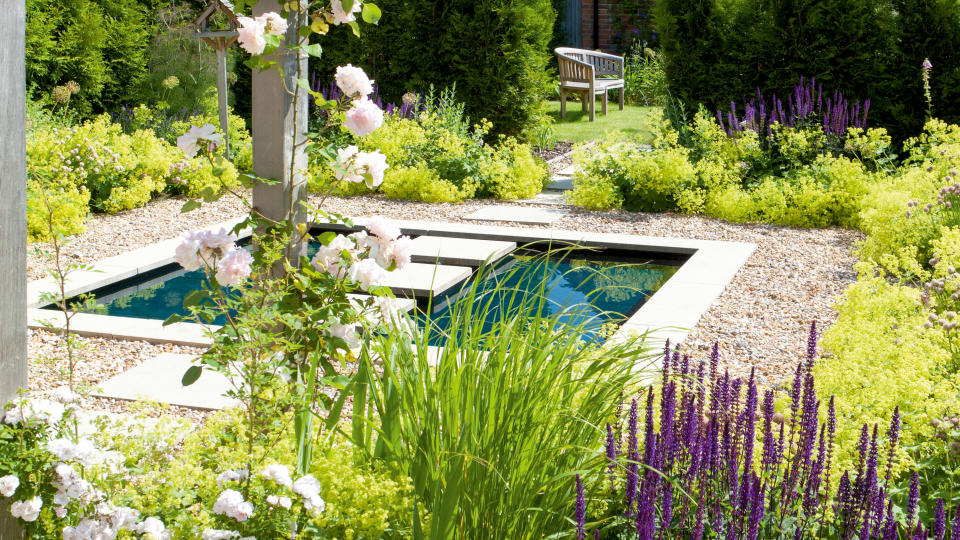
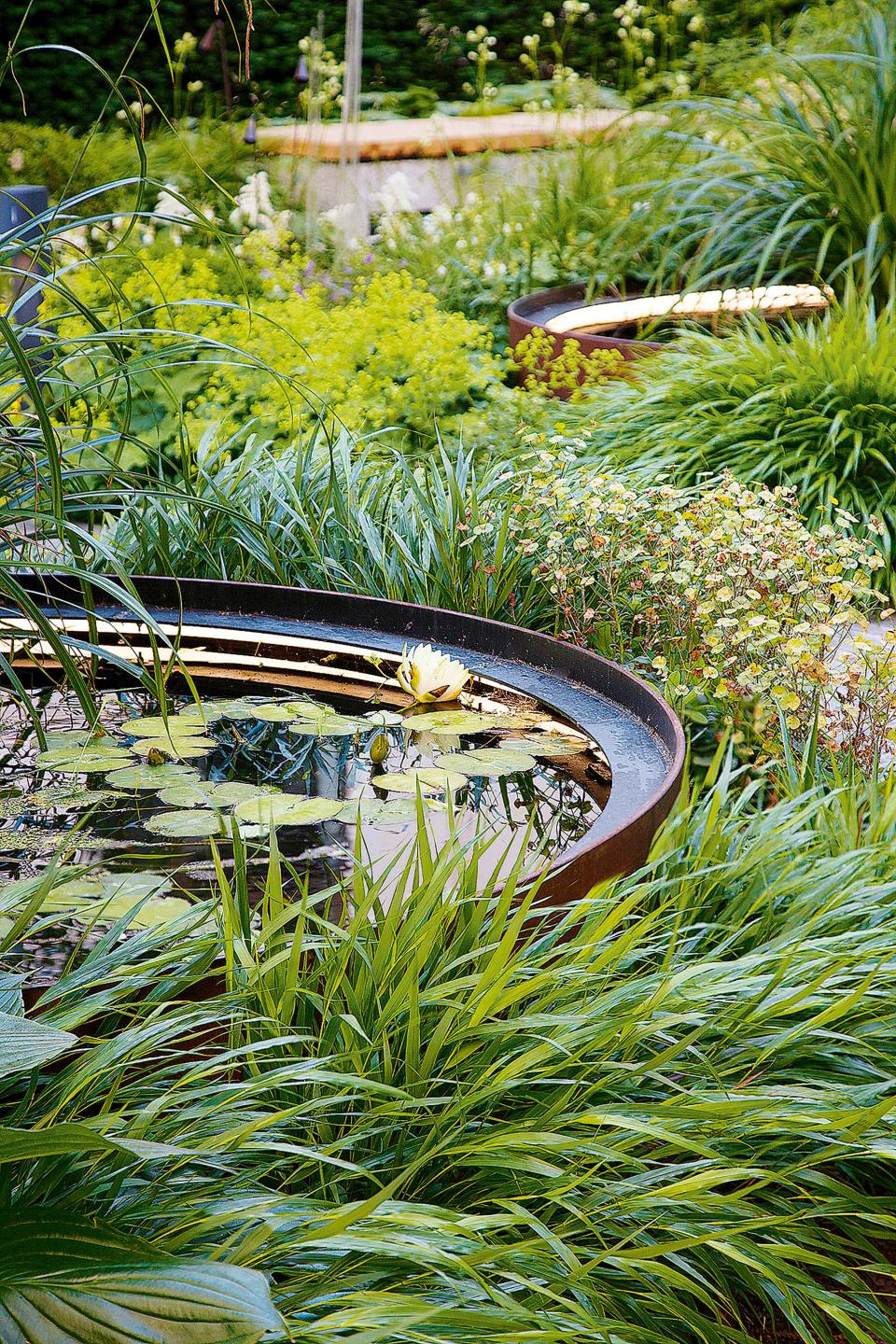
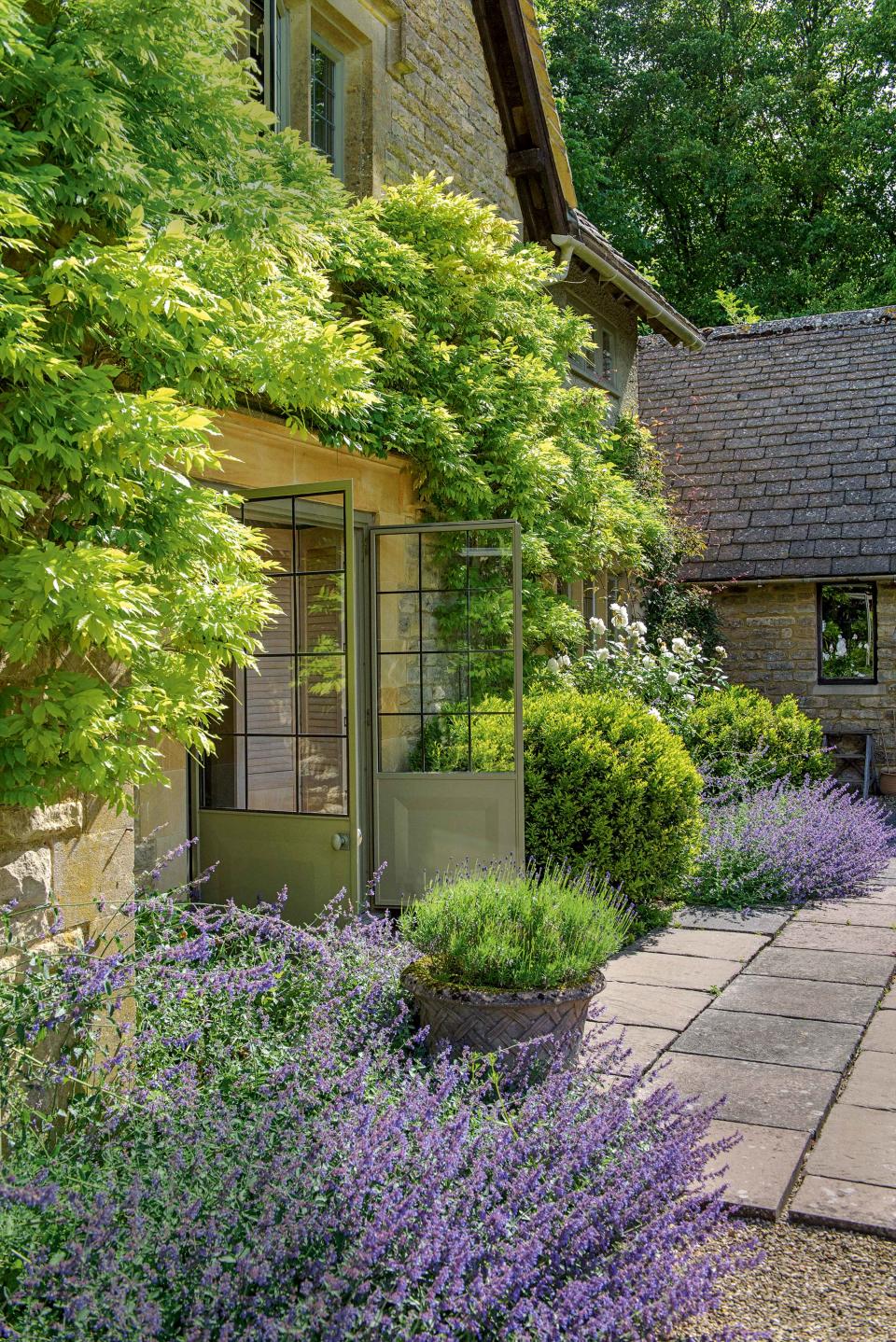



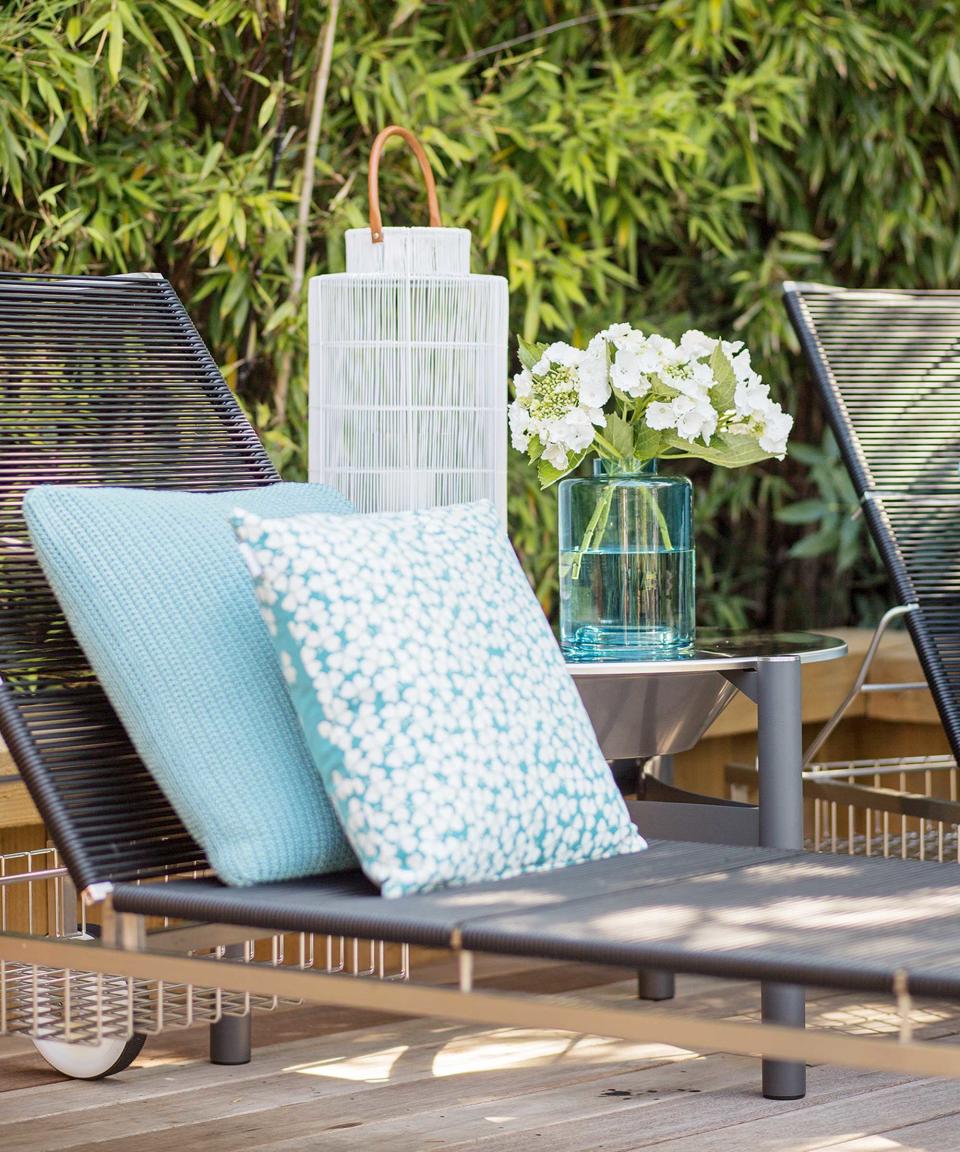

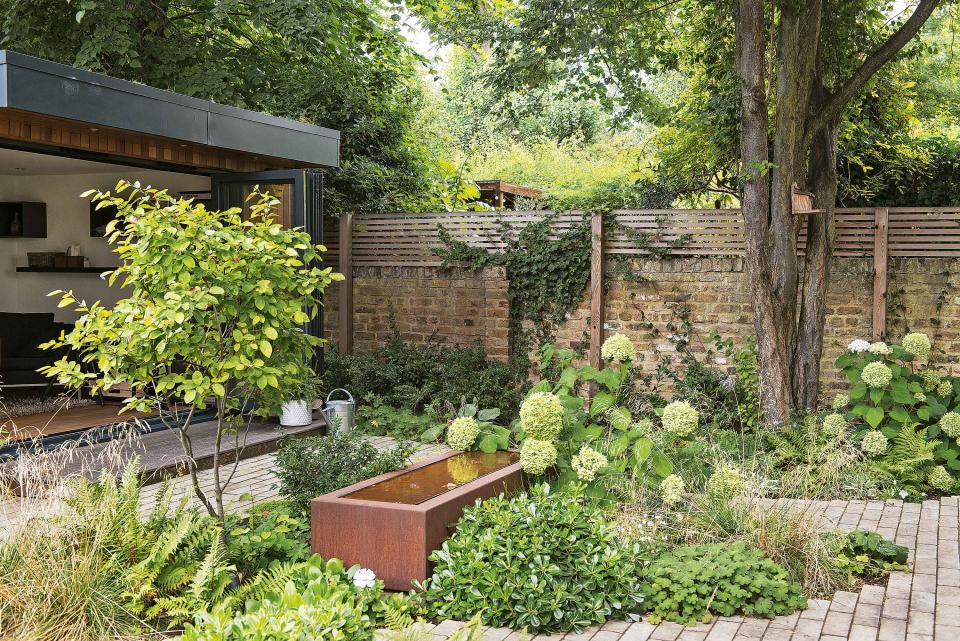



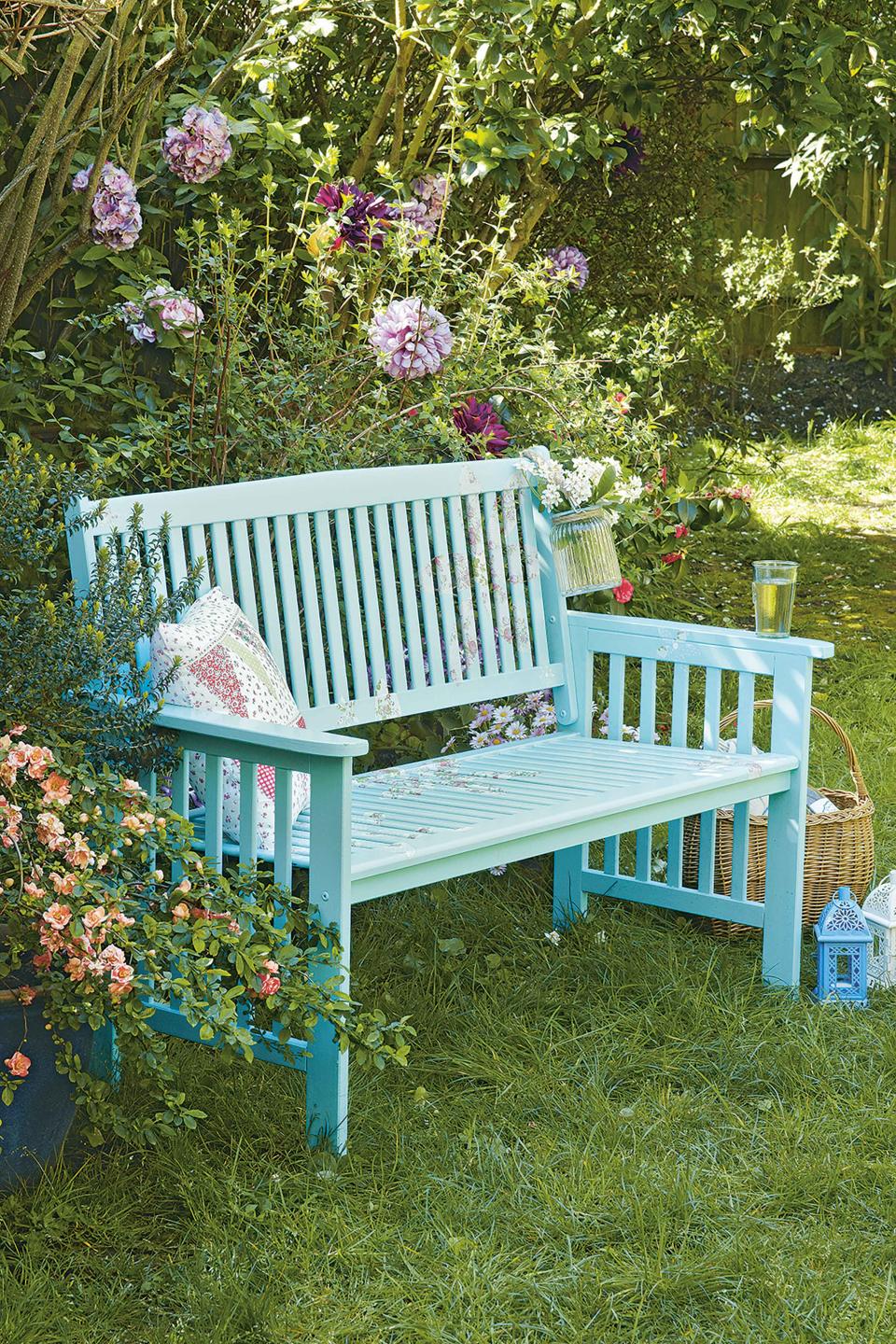
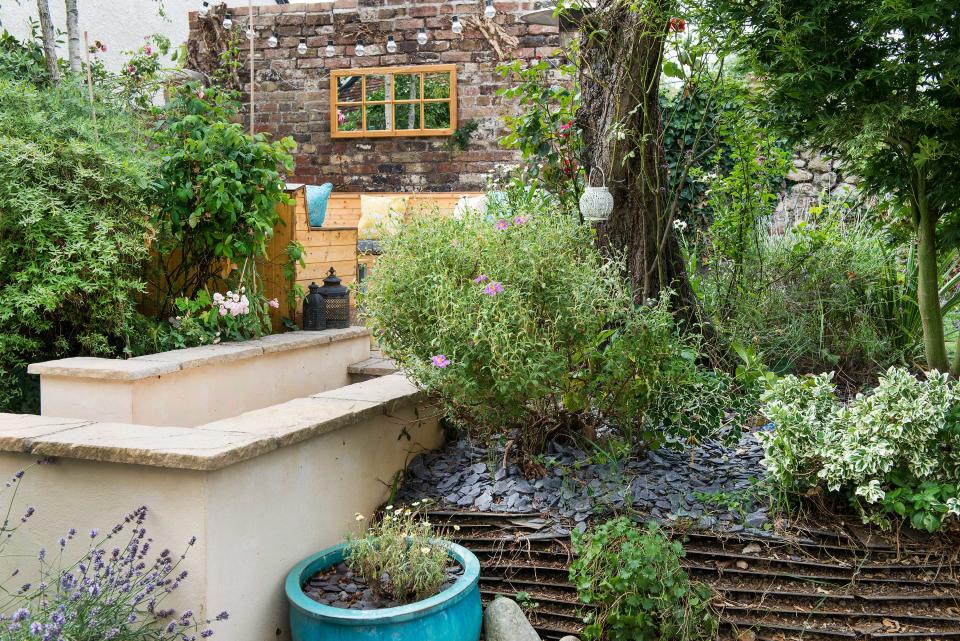
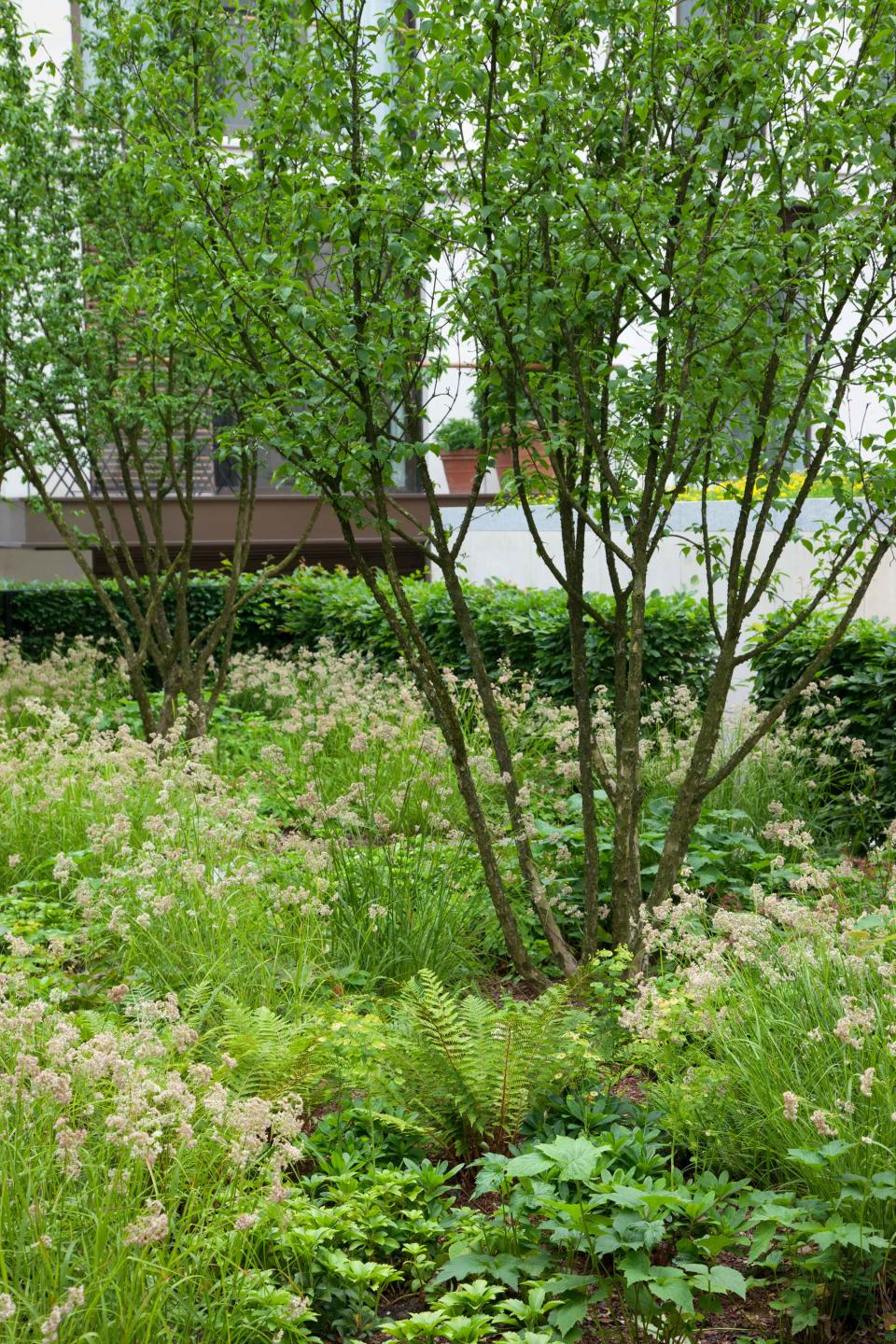

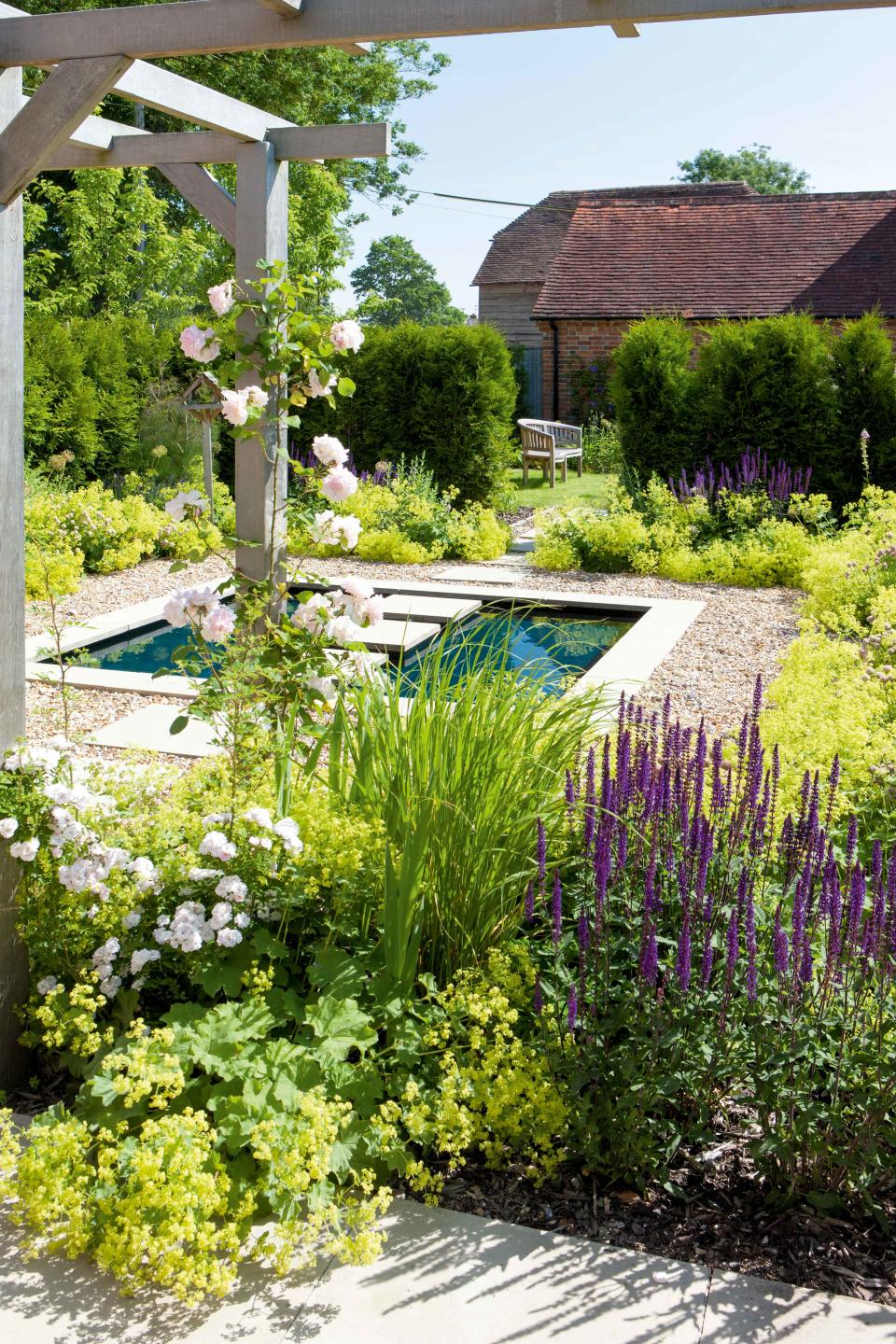
16 ways to stimulate the senses with planting, water features, and landscaping
Sensory garden ideas are all about engaging the five senses: touch, smell, taste, sound, and sight. And there are plenty of ways to do this to transform any environment into one that's interesting, stimulating, and immersive.
When planning a backyard revamp, it's easy to focus solely on the aesthetics. And in most cases, next in line for consideration are the practical aspects – a kid's play area, or a space to eat outdoors, for example. Or perhaps you're thinking about rewilding your garden, to help support nature. But a backyard can offer so much more. By thinking carefully about features that will enlighten all the senses, even a tiny courtyard plot can be transformed into a soothing and engaging space.
'Sensory gardens invite visitors to touch, taste, listen and appreciate their surroundings,' says Imogen Jackson. Imogen is the Head Gardener for the Midlands site at Horatio's Garden – a charity that creates beautiful and accessible gardens in NHS spinal injury centers. 'Stimulating the senses can trigger memories and lift the spirit, or calm and relax the soul. Spending time in a sensory garden can improve sleep and wellbeing and by encouraging a focus on textures, tastes and sounds, can increase mindfulness and mood.' What's more, 'a sensory garden can encourage people of all ages to spend more time outside,' she adds, 'with all the benefits that fresh air and sunshine bring.'
With a bit of creativity and know-how, it's not too difficult to recreate. In fact, once you know where to start, you can begin adding sensory features to any of your garden plans.
These sensory garden ideas will make spending time in your plot a more immersive and enjoyable experience – from cooling water features to beautiful planting schemes that smell just as wonderful as they look.
By Holly Crossley
Love the thought of sensory garden ideas? These suggestions will help you create a beautiful and engaging space
